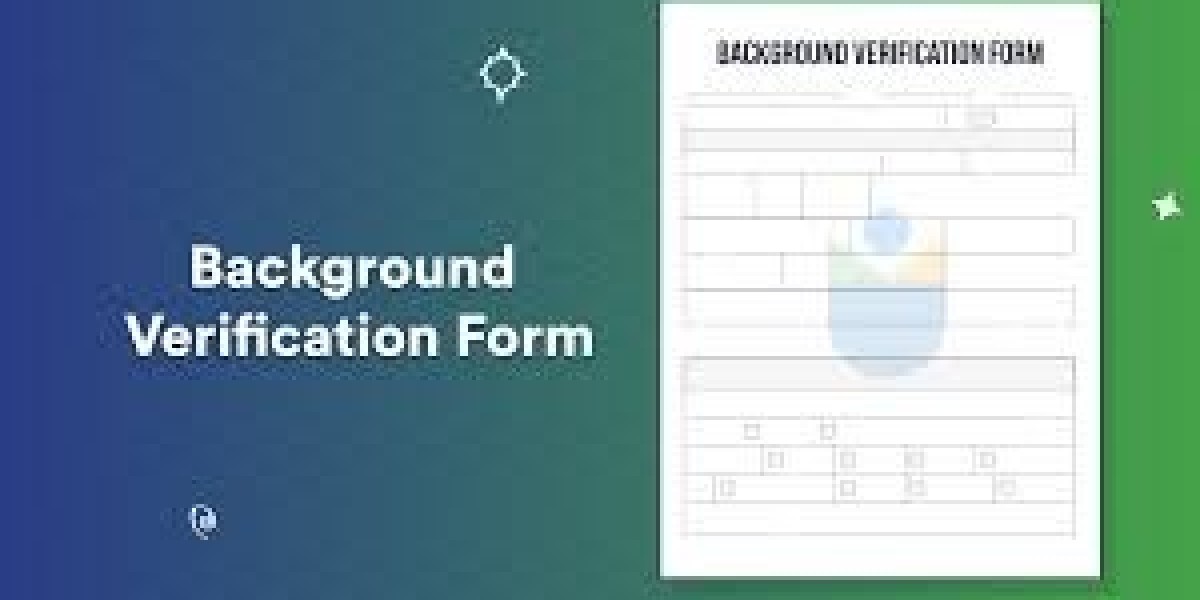Recruiting the right talent is a cornerstone of business success. Background verification forms are indispensable tools in this process, enabling employers to validate a candidate’s qualifications and history comprehensively.
Components of a Background Verification Form
Personal Data: Basic identification details such as name, age, and address.
Employment History: Details about previous jobs, roles, and reasons for leaving.
Educational Qualifications: Verifying degrees, certifications, and institutions.
Legal Background: Information about any criminal records or legal issues.
References: Contact details for professional or personal references who can vouch for the candidate.
The Verification Process
Information Collection: The candidate fills out the background verification form.
Document Verification: Supporting documents are reviewed for authenticity.
Reference Checks: Employers contact listed references to gather insights.
Third-Party Services: Professional agencies may be employed to conduct thorough background checks.
Challenges in Background Verification
Incomplete Information: Missing data can lead to delays or inconclusive results.
Privacy Concerns: Candidates may be hesitant to share sensitive details.
Resource Constraints: Smaller organizations might struggle with the costs and time required for in-depth checks.
Tips for Employers
Use a standardized and comprehensive form.
Ensure confidentiality of the data collected.
Communicate the importance of accurate information to candidates.
Conclusion
Background verification forms play a vital role in creating a reliable and competent workforce. By ensuring accuracy and thoroughness, they contribute to the long-term success of an organization.








